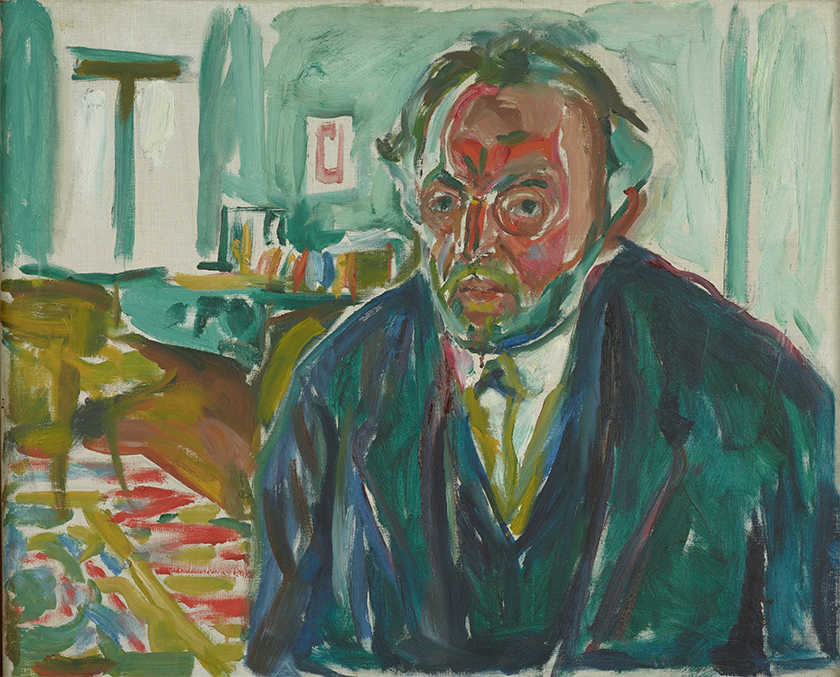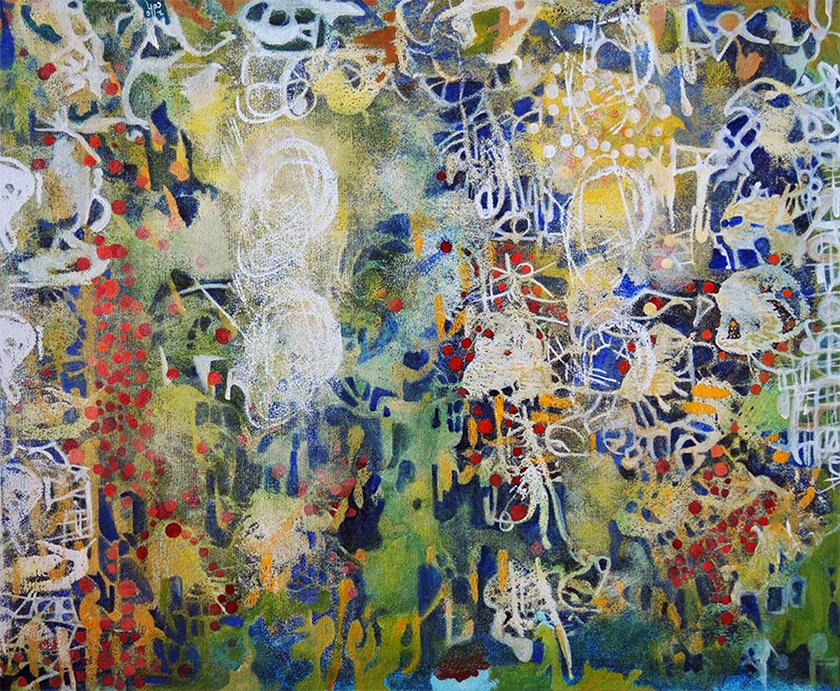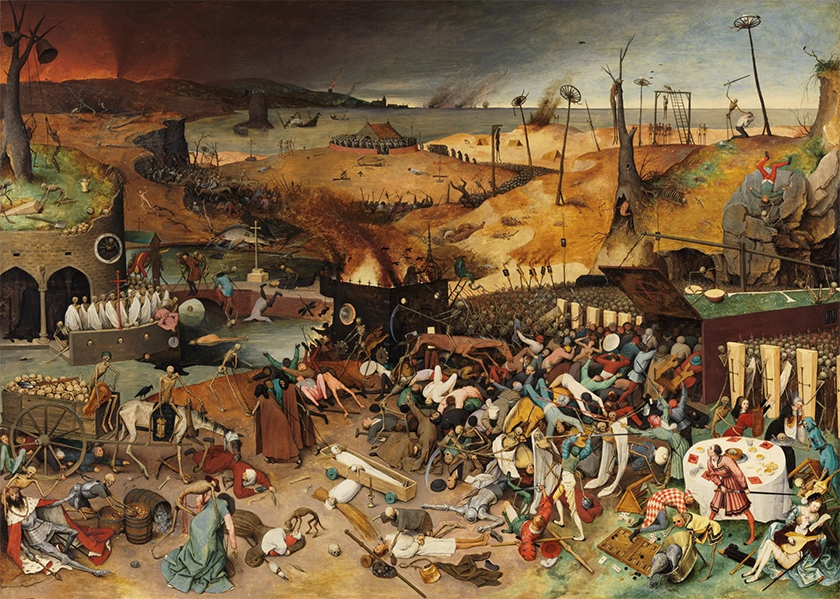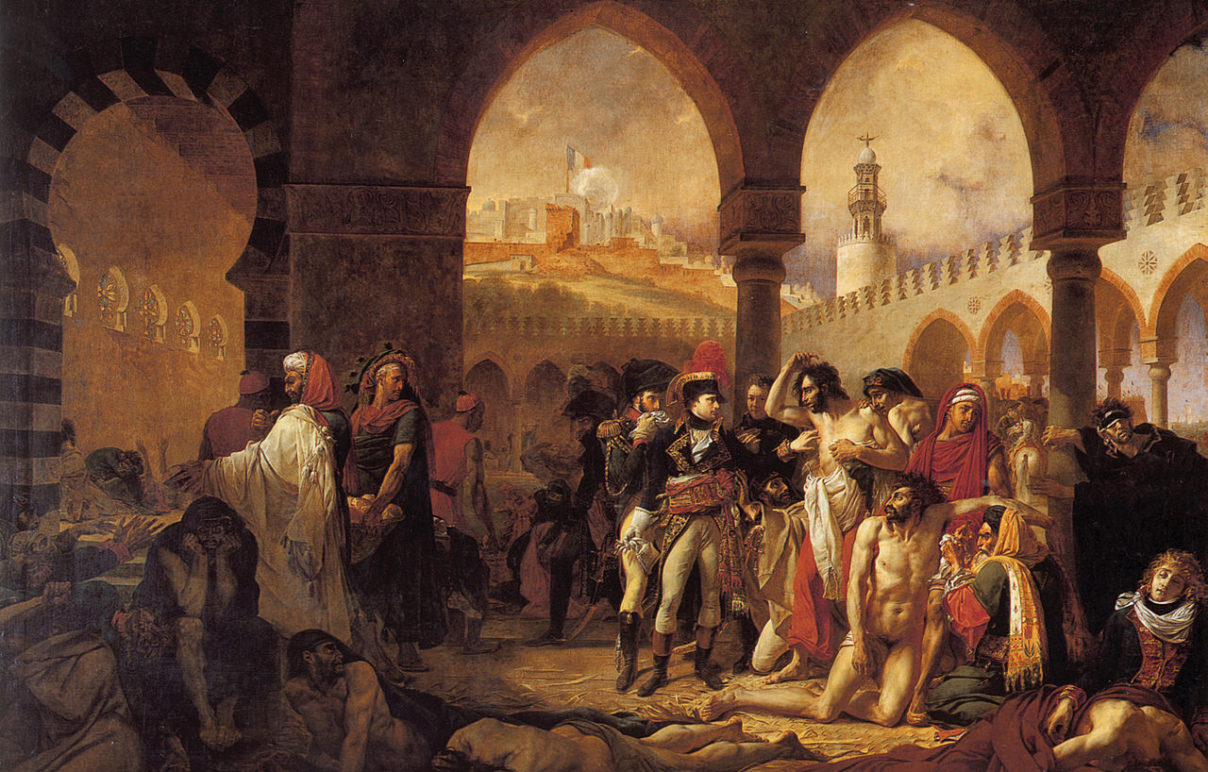
“Self-Portrait After the Spanish Flu,” 1919. Painted by Edvard Munch, from The Munch Museum, Oslo, Norway.
Image courtesy of: The New York Times
The past few months have been like nothing any of us have seen before. The Covid-19 pandemic has ravaged lives throughout the world… annihilating communities, devastating families, and wrecking havoc on the world’s financial system.
Throughout time, artists have expressed grief through their artwork. The Spanish Flu struck at a time when many of the world’s most famous artists were alive; and so what they painted was both poignant and extremely personal. Such was also the case with the Pandemic of 1918… as is evident in many masterpieces that were painted during that time. It will be fascinating to see what comes out of the “Pandemic of 2020”. For now, we can look back and see how previous artists dealt with the world’s insanity. Perhaps there is something to learn in that?

Callie Danae Hirsh’s “pandemic daydreams”, 2020. Acrylic on canvas.
Dimensions are: 24″ x 20″
The visual artist created a “diary” during her quarantine in Brooklyn. Hirsh was able to process her isolation and fear through her artwork. She says that sirens were constantly blaring so there was rarely a time for self-reflection. Putting on a mask just to go into the hallway to get the mail was mentally challenging. She missed her family and friends and was concerned about death; she hoped she wouldn’t lose anyone precious to her.
Image courtesy of: The Art Blog
Clearly the images that we will have forever ingrained in our memories will be far different than those of artists from the early part of the 20th-century. During those times, illness was a solitary and isolated occurrence. People suffered individually and in solitude; that differs from the collective suffering that today’s pandemic victims have gone through.
In today’s age, people are isolated collectively. What has helped is that there is a barrage of ways to connect virtually… from Zoom happy hours to virtual doctors’ appointments. The media’s photographs of Manhattan’s skyline dimming and office buildings completely dark might be some of the images that stay frozen in our minds. But there are thousands of images that pull at the heartstrings.

Pierre Bruegel the Elder’s “The Triumph of Death,” 1562-63. From Museo Nacional del Prado, Madrid, Spain.
An army of skeletons commingle among the town’s citizens. The walking dead do not discriminate between the rich and the poor.
Image courtesy of: The New York Times
Throughout time, your bank account has not dictated whether or not you will be stricken with a disease or the plague. Today, people of all classes have endured the pain that Covid-19 has shed. Not then and not now would a plague discriminate between different classes in society; such global viruses have been levelers, of course up to a certain point.
This could not be portrayed more clearly than in Pierter Breugel the Elder’s epic painting from 1562. With a barren landscape, the scene of destruction becomes clearer and it appears that “Death” is winning the war. The world of the living is completely annihilated… destroyed beyond any recognition.

Antonine-Jean Gros’ painting depicting Napoleon visiting plague victims that were quarantined in Jaffa during the Egyptian Campaign.
Image courtesy of: Penn Today
Death has always been and still remains a taboo subject. There is an obvious silence that surrounds illness within our culture. Maybe because it is hard to speak about death, it has remained a part of our subconsciousness. In such, artists are lucky in that they have a medium with which they are able to express their grief.
And somehow, the living and the dead have a way of connecting us across time. Why else would literature have dreamt up the Grim Reaper? Perhaps a most poignant example is T.S. Eliot’s quote in “The Love Song of J. Alfred Prufrock from 1915, “I have seen the eternal footman hold my coat and snicker, and in short, I was afraid.”

Edvard Munch’s “Self-Portrait with the Spanish Flu,” 1919. From Nasjonalmuseet, Norway’s National Museum.
Image courtesy of: Time Magazine
Perhaps like Munch, artists will find inspiration in this virus? Munch was forever changed by contracting and surviving the Spanish Flu. The widespread pandemic killed at least 50 million people; and it traumatized the entire world. Munch said, “Illness, insanity, and death… kept watch over my cradle and accompanied me all my life.”
Who knows how we will all emerge from the Covid-19 pandemic… all we can do is put one foot in front of the other, and try to learn from the past.